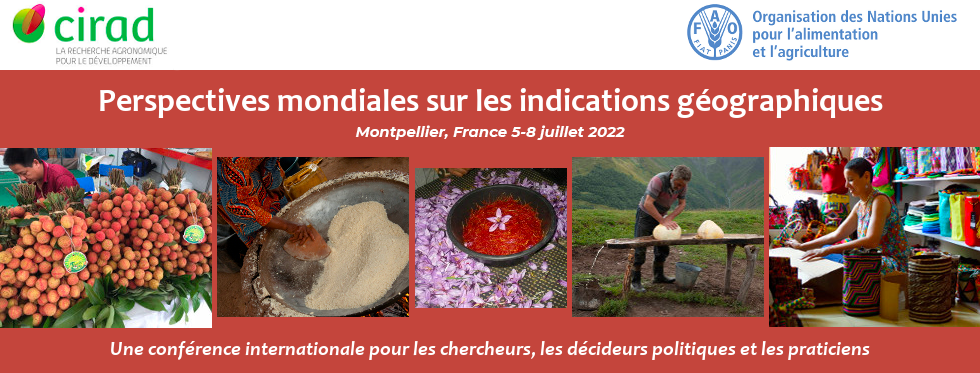Valorization initiatives based on geographical indications (GI) can foster an origin-linked quality virtuous circle (Vandecandelaere et al., 2009). They can help producer communities to improve their livelihoods by allowing producers to capture higher shares of the added value of their products. At the same time, they can help preserve natural and cultural resources such as landscapes and biodiversity, cultural heritage and local traditions, and promote food diversity and sociocultural development.
However, GI initiatives may also result in failures or exert unintended negative effects, as evidenced by numerous cases. Despite the growing enthusiasm about the potential of GI initiatives, their actual effects can be deceiving or different from what was expected. In addition, the setting in motion and functioning of the origin-linked quality virtuous circle may prove problematic.
The effects of GI initiatives on local economy, society and the environment – and therefore the contribution of GI products to SDG goals – are often strictly linked to the content of Product specifications. Product specifications are the evolving outcome of an agreement between producers and consumers, where producers collectively define rules on production process, quality of the final product, and the area of production, thus identifying the links between the GI product, the territory, and local resources.
This contribution, starting from a reflection on the issue of GI contribution to the provision of public goods and sustainability, presents a conceptual framework and a methodology elaborated by University of Firenze and FAO (Belletti and Marescotti, 2021). The methodology aims at developing both Prospective and Retrospective evaluation able to support GI stakeholders in their decision-making processes. The paper provides some examples and case-studies about on-field implementation of the methodology. It paper argues about the relevance of participatory evaluation methods for both dealing with the different dimensions of sustainability and mediating contrasting, short and long-term interests of the different actors involved in the GI product.
References
Belletti G., Marescotti A. (2021), "Evaluating Geographical Indications. Guide to tailor evaluations for the development and improvement of geographical indications", FAO – University of Firenze, Rome
Vandecandelaere E., Arfini F., Belletti G., MarescottiA. (eds.) (2009), Linking people, places and products: A guide for promoting quality linked to geographical origin and sustainable geographical indications, Food and Agriculture Organization of the United Nations (FAO) and SINERGI, Rome

 PDF version
PDF version
